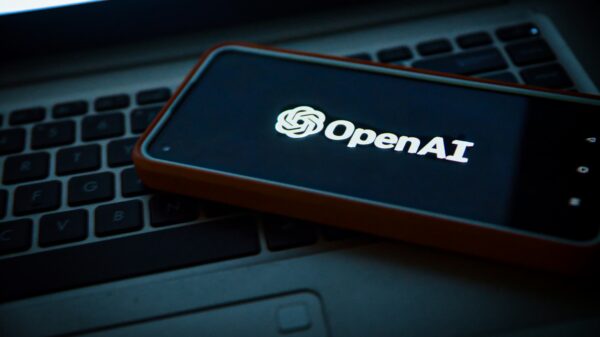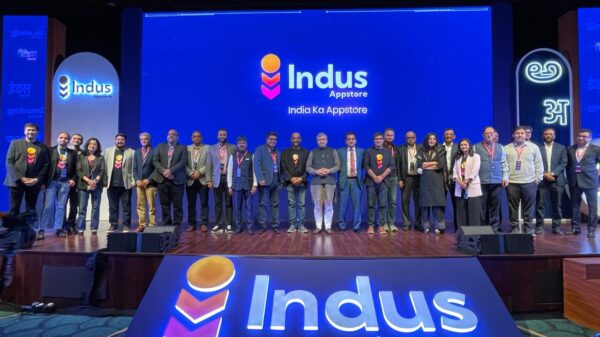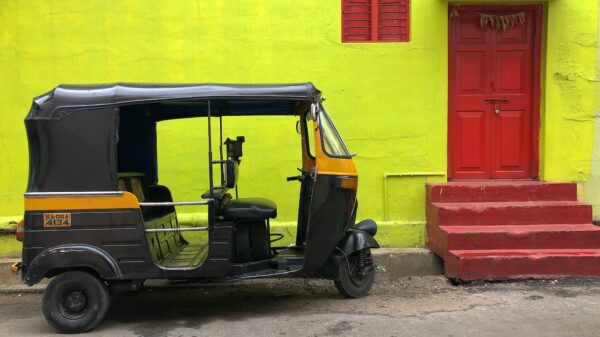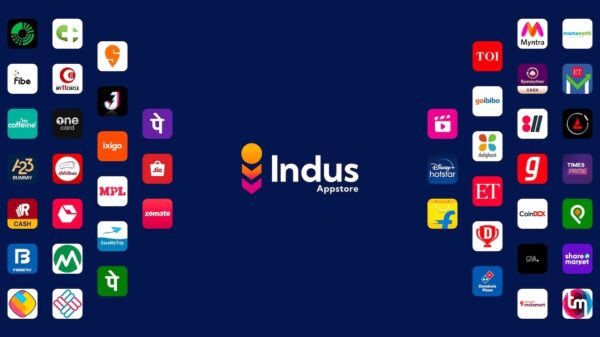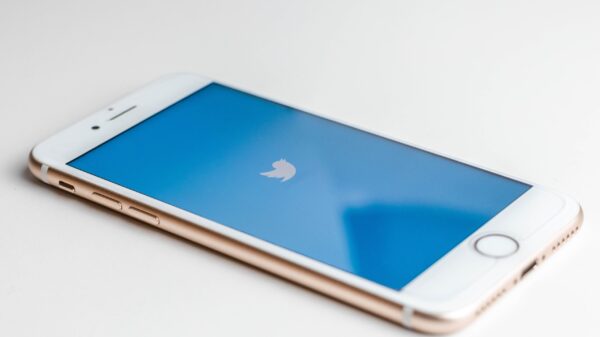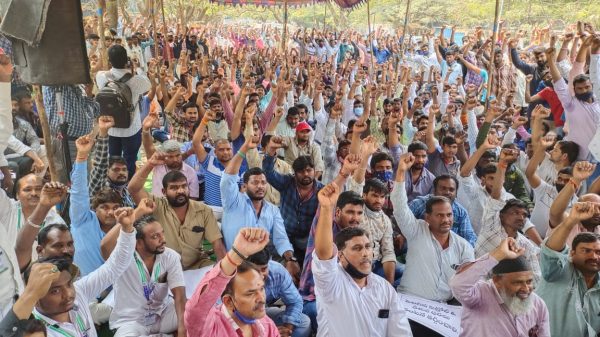The Unified Payments Interface (UPI) is set to expand to Nepal in what would be the first time India's retail payment network is fully adopted by a foreign country, according to a press release by the National Payments Corporation of India (NPCI) on February 17. The NPCI's international wing, NIPL has partnered with Gateway Payment Services, a payment system operator authorised by the Nepal Rashtram (Central) Bank, to allow merchants and customers in the country to conduct transactions on the network, the release said. Further, the partnership will receive technical support from Manam Infotech, a Bengaluru-based fintech startup. Mobile penetration of over 135% with 65% of the population using smartphones in the country will allow for a replication of the mobile-based payments network and allow cross-border remittances to flow between India and Nepal, as per the press release. "Partnership with Bhutan and Singapore is for accepting BHIM UPI QR-based payments. Additionally, Singapore UPI and Singapore's PayNow will be linked for cross-border payments. Whereas, the Nepal partnership will enable the creation of UPI real-time based payment system in Nepal. Nepal will have their own UPI, own apps, with their own banks like India," an NPCI spokesperson told MediaNama. The NPCI has been keen on international expansions for quite some time now. In July 2020, launching the NPIL, its managing director Dilip Asbe had said in a statement that several countries in Asia and Africa had displayed interest in replicating the system. UPI is the largest retail payments network in India: Economic Survey NPCI data,…





